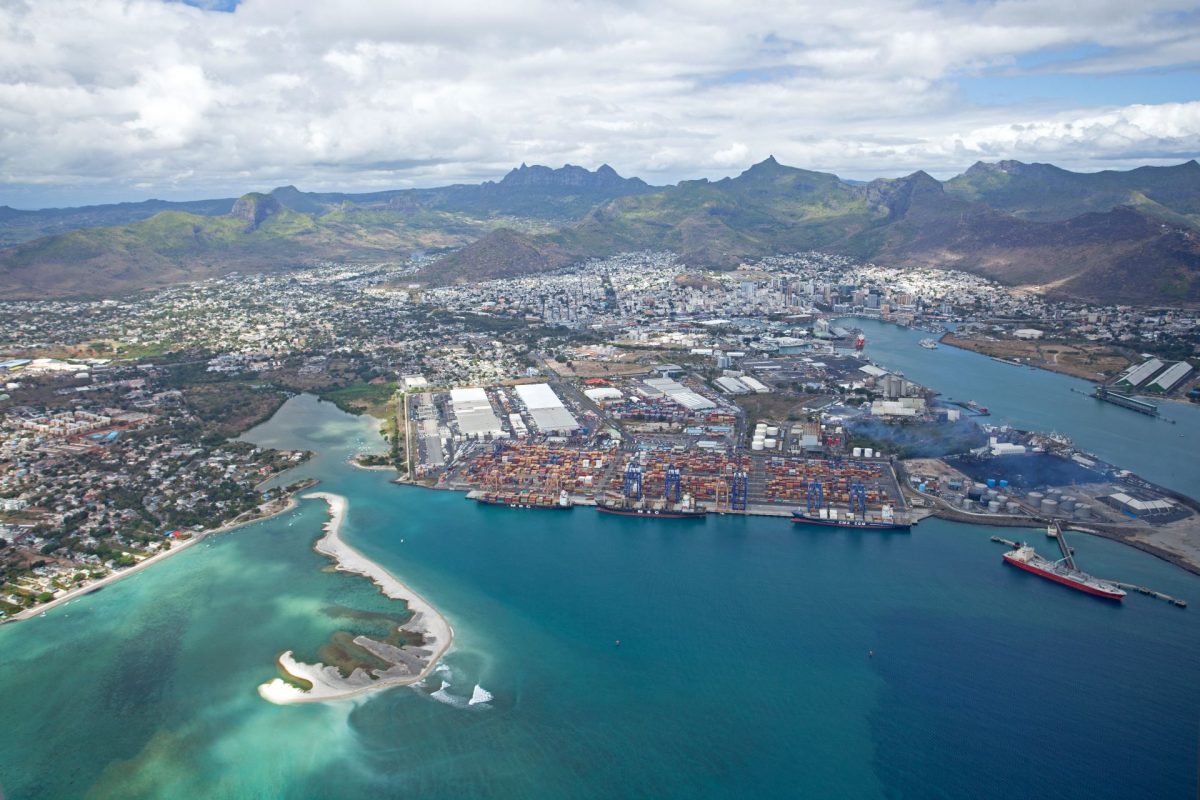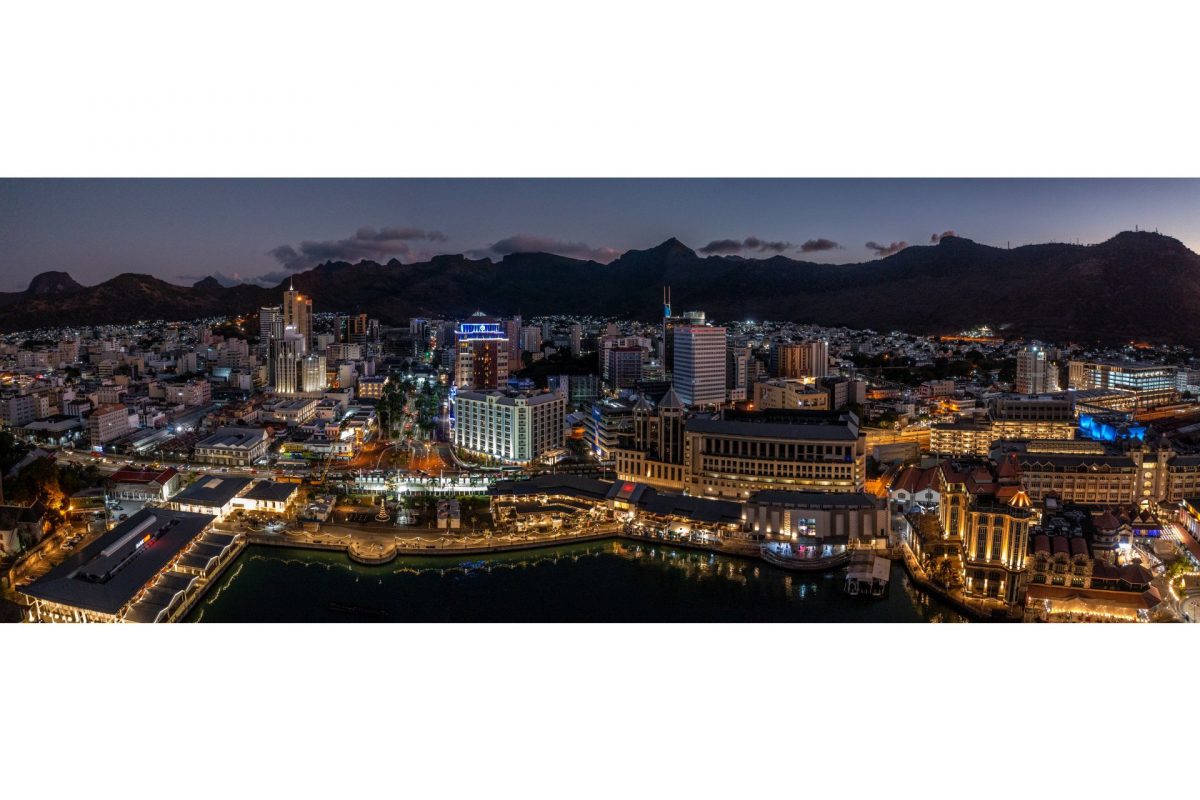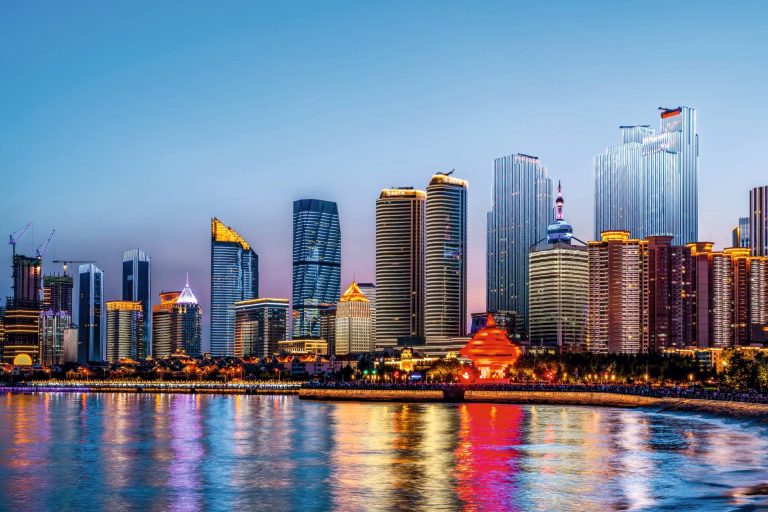This island, nestled between Africa and Asia, truly deserves to be called a paradise, echoing Mark Twain’s famous saying “Mauritius was made first, and then heaven, and that heaven was copied after Mauritius.”
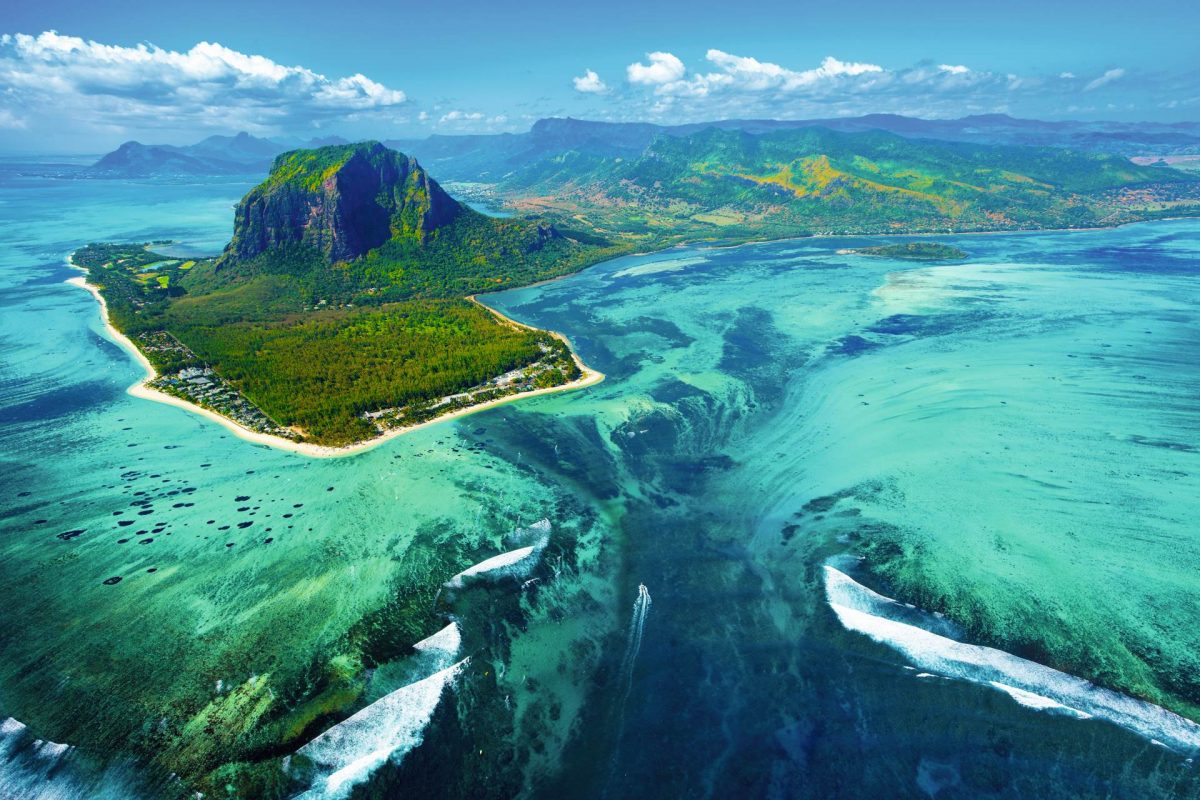
The volcanic Mascarene Islands — Mauritius, Rodrigues, Reunion, and a handful of tiny islets — were named after the Portuguese Admiral Pedro de Mascarenhas, whose fleet anchored here in the 16th century. All were colonized and transformed into plantations for tea, sugar cane, and vanilla. Today’s inhabitants are descendants of bold explorers, colonists, and slaves. Creole is spoken universally, and many songs and dances originate from the same African roots as the island’s exquisite cuisine. Mauritius, with its extensive luxurious beaches, idyllic coconut groves, and year-round gentle climate, is often referred to as the “diamond in the crown of the Mascarenes.”
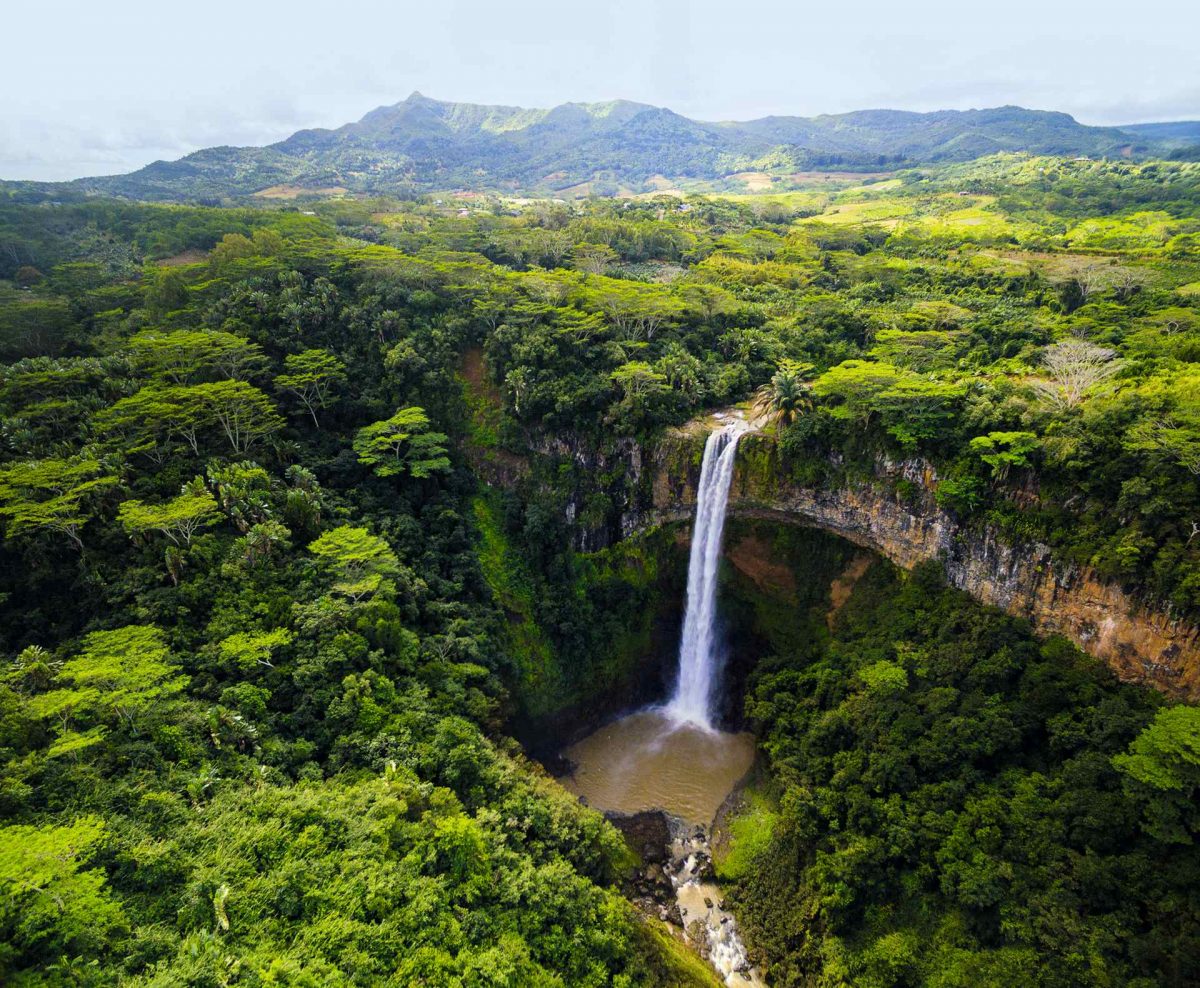
Primarily, the island epitomizes leisurely vacations defined by the simple pleasures of “sun, air, and water,” occasionally interrupted by catamaran excursions. Evenings are typically spent savoring fine dining and wines to the gentle sound of waves under a moonlit sky, followed by barefoot strolls along the shoreline. However, there is more to explore beyond the hotels.
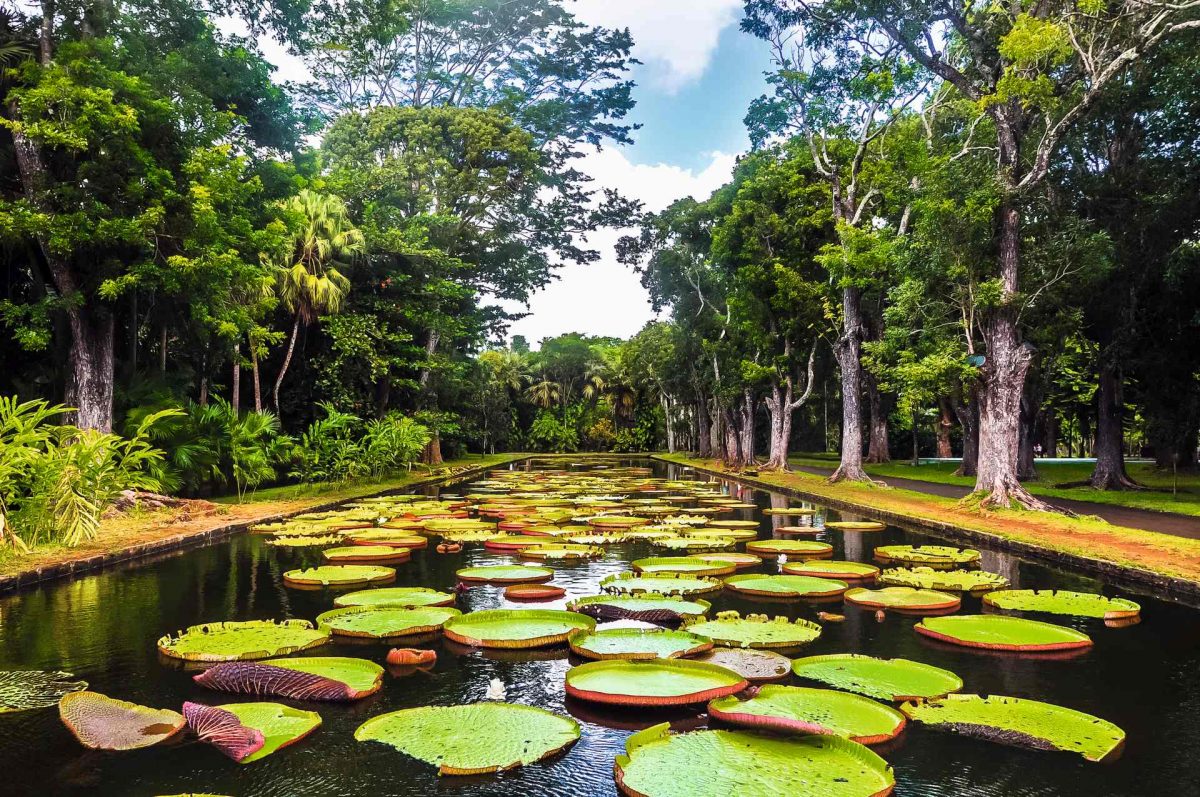
A visit to the capital, Port Louis — a multicultural port city that has welcomed ships from around the globe for centuries — is a must. Explore the Central Market, visit the Government House, the white-and-green Jummah Masjid, and St. James Catholic Cathedral, admire Chinese pagodas and Hindu temples, and enjoy panoramic city views from Citadel Fort Adelaide’s observation deck. Port Louis houses the country’s finest museums, including the Natural History Museum which features an exhibit dedicated to the dodo bird, extinct since the mid-19th century and immortalized by Lewis Carroll in Alice in Wonderland. Just a few kilometers from the capital lies the historic colonial estate Domaine Les Pailles, now a cultural center where you can ride in horse-drawn carriages and on a miniature railway, see an ancient mill, explore a spice garden, and sample local rum. To experience the roots of Mauritian dolce vita, visit L’Aventure du Sucre — an old sugar factory turned into a vast museum showcasing four centuries of island history.
For those seeking more vigorous activities, trekking through Black River Gorge National Park is highly recommended. The park features deep canyons, tranquil waterfalls, and mountains cloaked in dense coniferous forests (including Le Pouse, “the big toe,” the island’s highest peak at 812 m above sea level), with eagles soaring overhead. Nearby lies Mauritius’ most sacred site, the crater lake Ganga Talao. Legend has it that the Hindu god Shiva and his wife Parvati were drawn to this tiny emerald speck in the vast blue ocean while traveling on a floral throne. Deciding to rest there, as they descended to earth, a few drops of water from Shiva’s hair fell into the crater of an extinct volcano, forming a deep lake. Each February-March, it hosts the grand Maha Shivaratri festival, regarded as the largest Hindu celebration outside India.
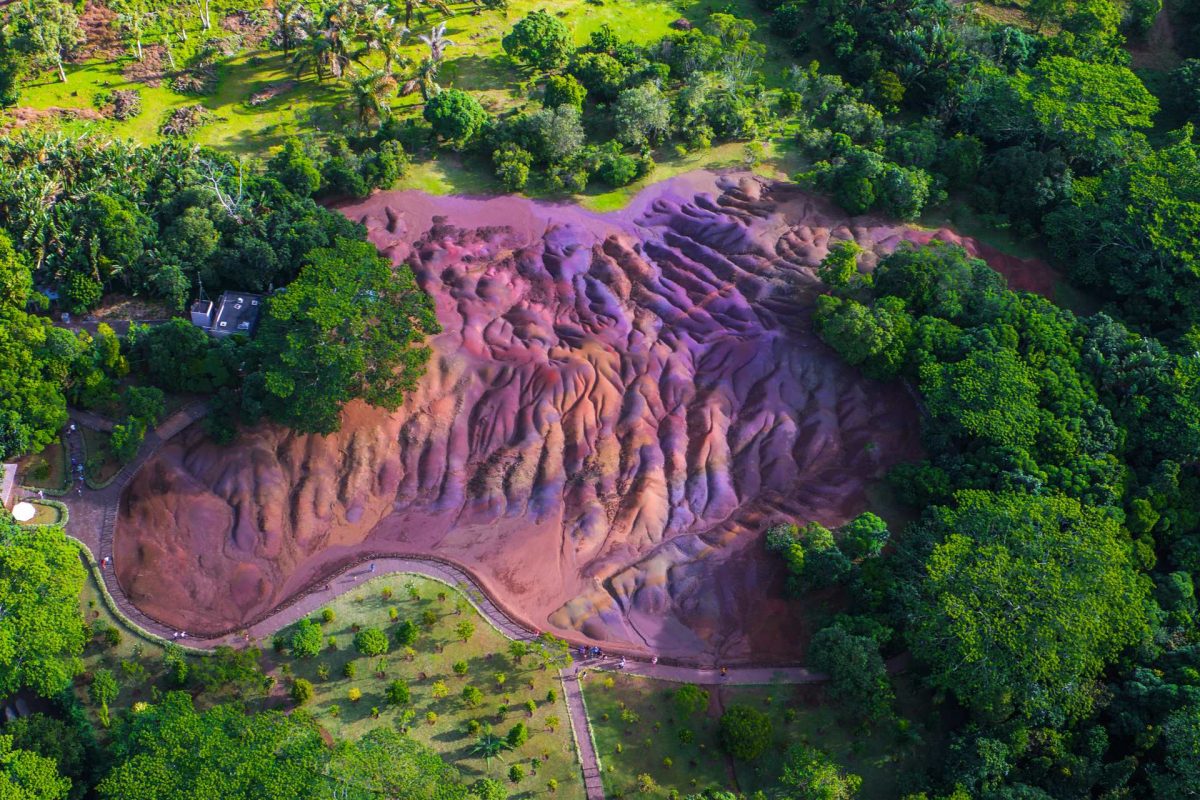
For active leisure, the island attracts golf enthusiasts and fans of extreme sports like windsurfing, kiting, trendy hydrofoiling (riding on an underwater wing), and fishermen aiming to catch the prized deep-sea blue marlin. Diving in Mauritius is superb: surrounded by coral reefs, one can dive fearlessly — the sharks won’t get through. With crystal-clear lagoons, mysterious caves, whimsical coral bushes, and sunken ships, you could spend your entire vacation exploring these abundant dive sites.
Yet one of the most memorable experiences in Mauritius is the sega dance, whose movements locals learn almost from birth. Sega was brought to the island culture by African slaves who found solace in dancing around fires after hard days of labor. Today, sega is synonymous with Mauritius itself. Interested in seeing Mauritius in miniature? Then head to tiny volcanic Rodrigues (18 km long and just 8 km wide), the easternmost of the Mascarene Islands. Its delightful capital Port Mathurin features historic buildings and narrow streets; beyond lie wild, deserted beaches and nature reserves perfect for kitesurfing and diving in secluded lagoons and untouched reefs. This destination is favored by those seeking to escape civilization and immerse themselves in nature — and solitude.
Photo: shutterstock.com, Adobestock.com
